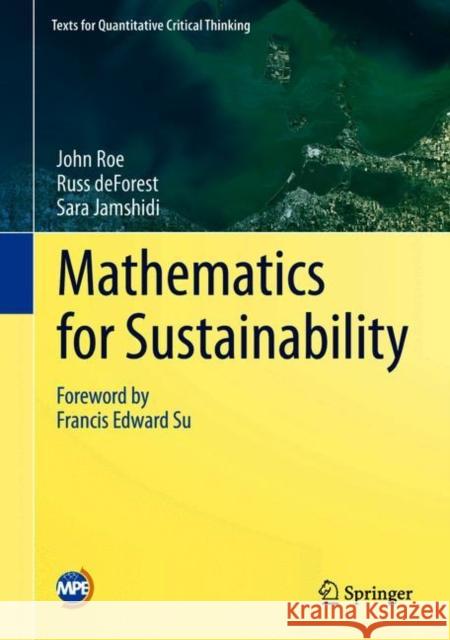Mathematics for Sustainability » książka
topmenu
Mathematics for Sustainability
ISBN-13: 9783319766591 / Angielski / Twarda / 2018 / 523 str.
Kategorie:
Kategorie BISAC:
Wydawca:
Springer
Seria wydawnicza:
Język:
Angielski
ISBN-13:
9783319766591
Rok wydania:
2018
Wydanie:
2018
Numer serii:
000829665
Ilość stron:
523
Waga:
1.15 kg
Wymiary:
18.5 x 26.2 x 3.6
Oprawa:
Twarda
Wolumenów:
01
Dodatkowe informacje:
Bibliografia











